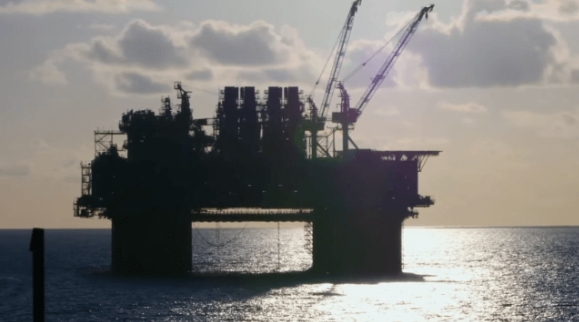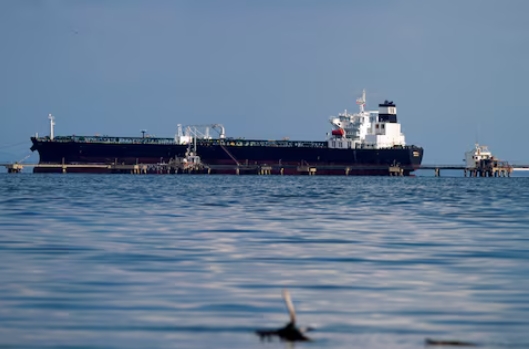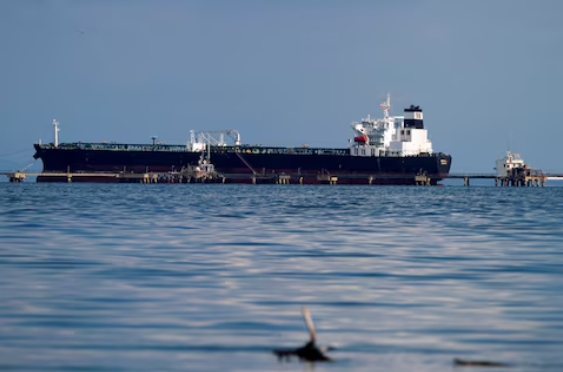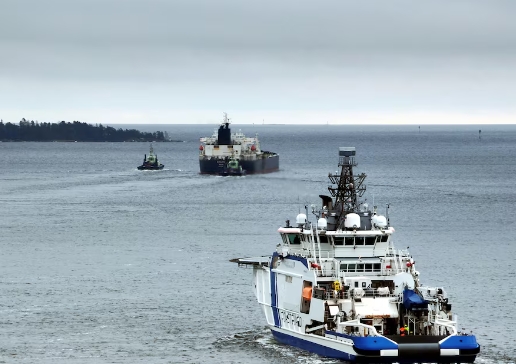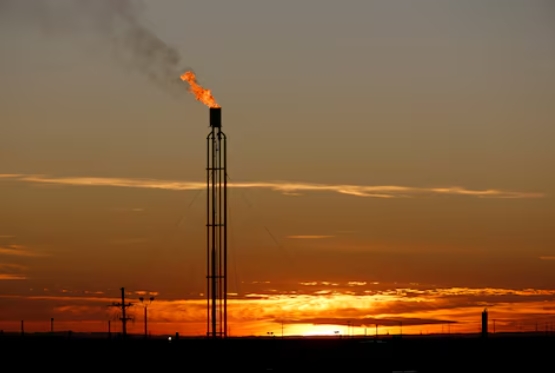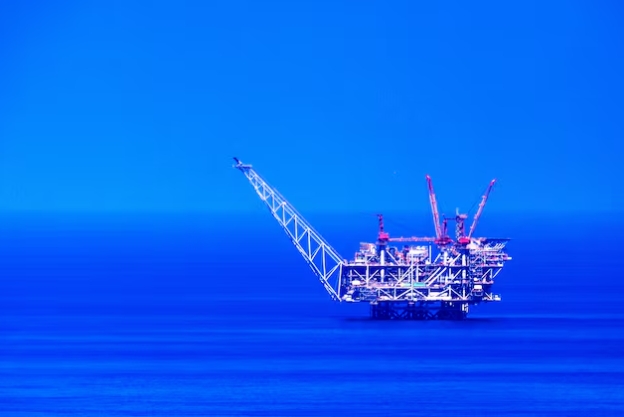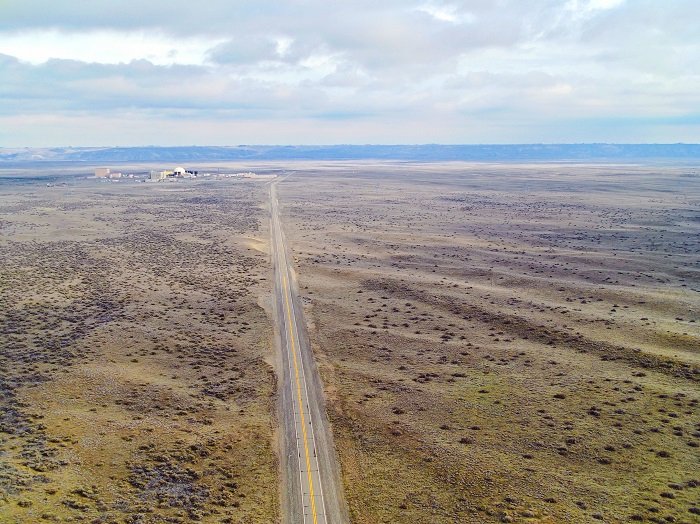
A 580-square mile slice of semi-arid desert in southeast Washington that was used to produce nearly two-thirds of the plutonium used in the United States’ nuclear weapon stockpile is being reimagined as a 1 gigawatt (GW) solar farm with energy storage. If built to that capacity, it would be the largest solar project in the country.
The U.S. Department of Energy (DOE) has announced it will enter into realty negotiations with Hecate Energy for a solar project capable of delivering up to 1 gigawatt of clean energy within an 8,000-acre area of the former nuclear weapons production site.
The Hanford site, established in 1943 as part of the Manhattan Project to produce plutonium for national defense, made materials for the Trinity Test and atomic bombs used to help end World War II. Weapons construction at Hanford contaminated the site and created millions of gallons of radioactive waste.
The project is planned for DOE-owned land at the Hanford Site as part of the Cleanup to Clean Energy initiative, which aims to repurpose parts of DOE-owned grounds— portions of which were previously used in the nation’s nuclear weapons program — to support the growth of clean energy in the U.S
.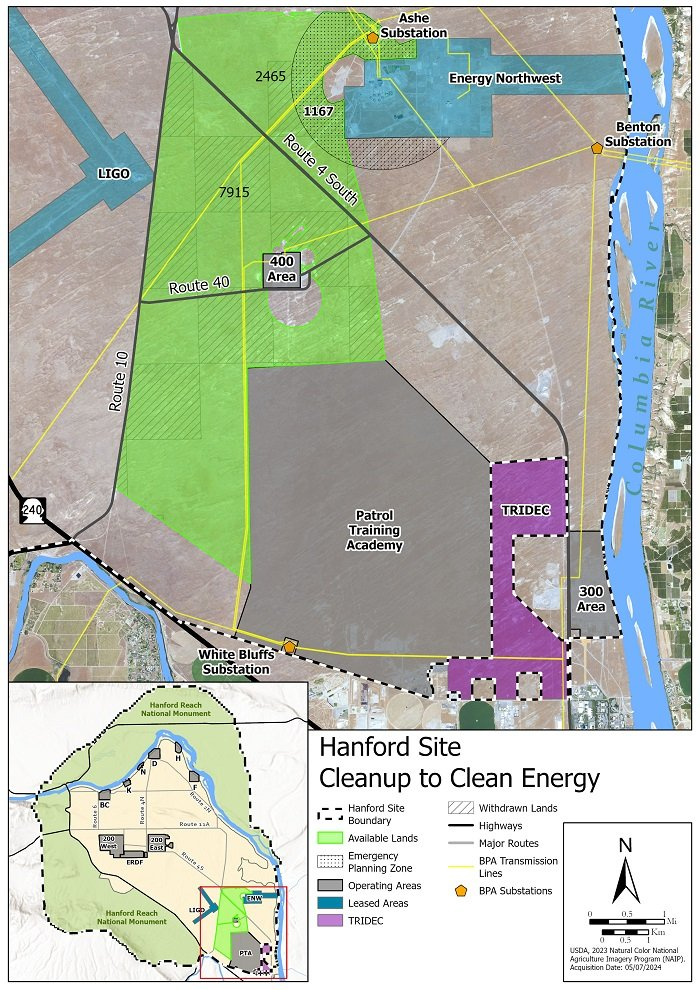
A northwest view of the Hanford Site's clean energy lands (Credit: DOE)
A 580-square mile slice of semi-arid desert in southeast Washington that was used to produce nearly two-thirds of the plutonium used in the United States’ nuclear weapon stockpile is being reimagined as a 1 gigawatt (GW) solar farm with energy storage. If built to that capacity, it would be the largest solar project in the country.
The U.S. Department of Energy (DOE) has announced it will enter into realty negotiations with Hecate Energy for a solar project capable of delivering up to 1 gigawatt of clean energy within an 8,000-acre area of the former nuclear weapons production site.
The Hanford site, established in 1943 as part of the Manhattan Project to produce plutonium for national defense, made materials for the Trinity Test and atomic bombs used to help end World War II. Weapons construction at Hanford contaminated the site and created millions of gallons of radioactive waste.
The project is planned for DOE-owned land at the Hanford Site as part of the Cleanup to Clean Energy initiative, which aims to repurpose parts of DOE-owned grounds— portions of which were previously used in the nation’s nuclear weapons program — to support the growth of clean energy in the U.S.
